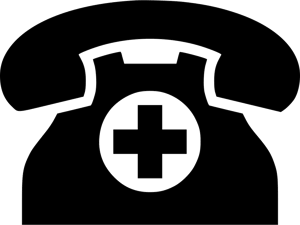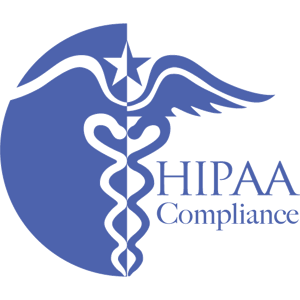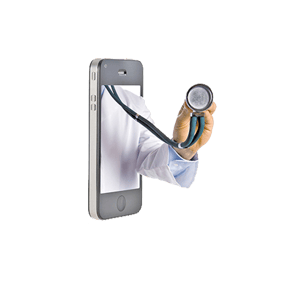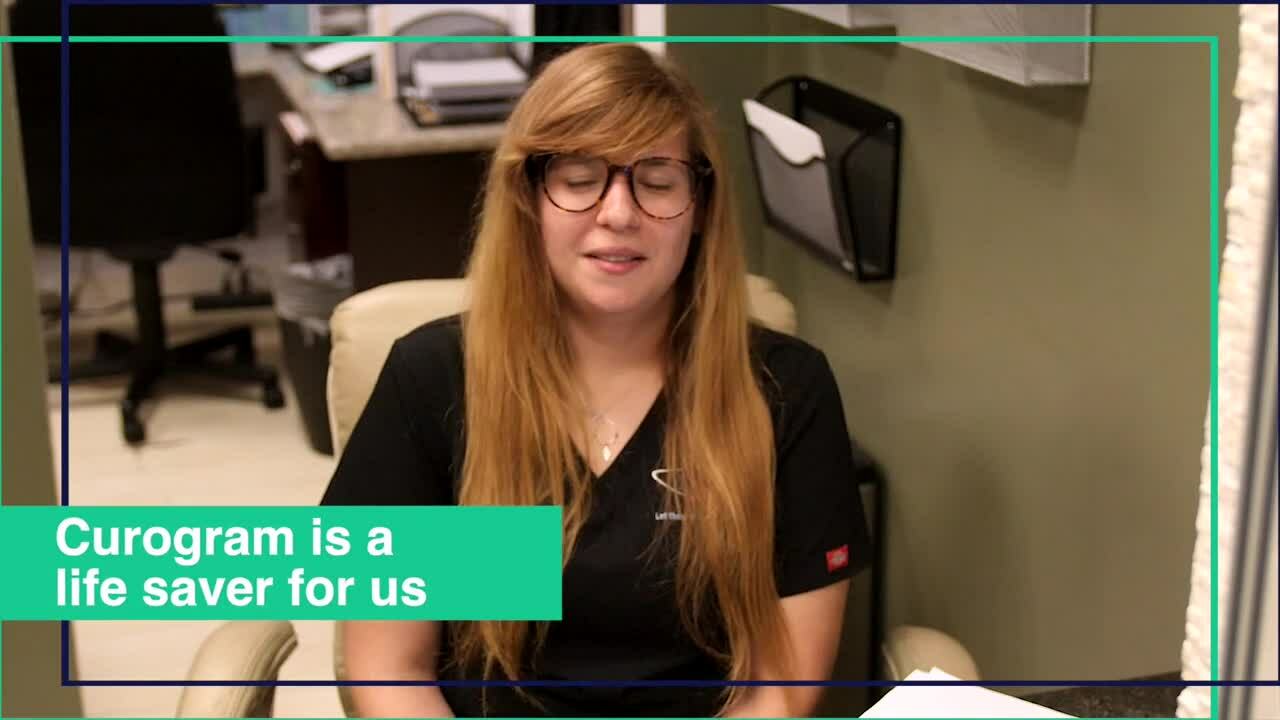
One of the main reasons why people go to medical school is because they have a higher than average level of empathy and they want to help their fellow humans to enjoy longer and higher quality of life.
So, they spend years learning their professions, and then start practicing.
After a while, they notice that something is missing from the communication between them and their patients.
Clinics and patients are using different means of communication.
Over the years, several software tools have been developed for clinics to stay in touch with their patients and better respond to their special requirements.
But something is still missing.
The most popular forms of clinic-patient communication are either the phone or email.
And while they are effective communication methods in other industries, they’ve led to the...
The Great Clinic-Patient Communication Conundrum
Besides all the technical and other advancements, the 21st century has brought us something which we all could happily live without: A sense of hurriedness.
We seem to rush through life.
We rush to work in the morning and then rush home in the afternoon. Then we rush to spend to time with our families and then rush to sleep to repeat this shuffling madness every day for the rest of our lives.
This rush also means that people require more effective communication with their medical professionals.
For a long time, medical professionals believed that effective communication means they can send information to their patients whenever they want to.
No one anticipated that one day patients want to initiate contact with their clinics to finalize an appointment or clarify a prescription.
And that time has come.
Patients want to be able to communicate with their doctors using the most effective tool that patients of all age have on them almost all the time: Their smartphones.
But they don’t want to call and end up either on voicemail or the maddening phone menu.
They want to send their requests and receive timely responses.
For many years, clinics have limited themselves to forms of communication that have been convenient for them, but very inconvenient for their patients.
The two major tools have been the phone and emails from clinics’ computer-based management software…
And They’ve Proved To Be Ineffective And Inconvenient For Patients
At some point during their treatments, patients feel they need to communicate something important to their clinics, even if it’s something as seemingly trivial as cancelling an appointment on a short notice. Yes, many cancellations are driven by convenience, but some are genuine.
Outside office hours, many patients don’t even bother to call their clinics because they are afraid of getting lost in the voicemail labyrinth.
They also know that it may take quite some time for staff to return phone calls. So, a message left at 6PM may get returned at 15-20 hours later.
In most cases, when patients initiate contact with their clinics, they don’t have 20 hours to get answers to their questions.
And this is when patients may decide to change doctors.
In fact, according to the Journal of the American Dental Association (ADA), 59 out of 100 patients quit after their first appointments. Granted, this is for dental clinics, and the number for your area of medicine may be slightly different, but any attrition level above 10-15% is a cause for concern.
And one of the major reasons for attrition is the lack of communication.
Clinics simply don’t have the manpower to stay in touch with hundreds of patients, so patients feel neglected.
Using the phone to stay in touch with patients could work, but it would require extra staff that presents three potential hidden costs and risks...
- Increased operating costs. According to study, “The Leverage of Price and Profit Source” by Michael Mara and Robert Roriello (Harvard Business Review Sep–Oct 1992), 1% variable costs reduction can lead to 7.3% profit increase and 1% fixed cost reduction to 2.7% profit increase.
- With increasing headcount, personal productivity (a. K. a. revenue per employee) goes down. Yes, gross revenue is likely to increase, but profitability suffers.
- The third problem lies in hiring practices. In his bestselling book, Topgrading, HR expert Dr. Brad Smart indicates that one mishire can cost the employer as much as 5-times of the person’s annual gross compensation.
In most cases, however, instead of hiring more staff, clinics need better tools that enable the current staff to handle patient communication more effectively and in better alignment with what patients expect.
But That Very Often Doesn’t Happen
Most clinics continue using the phone to communicate with patients. While this seems to be a practical solution for clinics, it’s frustrating for patients.
One of the reasons is the language barrier.
In countries like the United States or Canada, there are lots of people for whom English is not their first language. Many of them can read and write, but, especially senior citizens, have difficulties on the phone especially when talking with people with strong accents.
They often misunderstand vital pieces of information, which can have serious consequences.
In fat, Dr. Robin DiMatteo, a psychology professor at the University of California—Riverside, has been studying patient non-adherence since the 1970s. According to him, patients forget or misunderstand most of what doctors tell them, but they smile, nod and say thank you, and walk out of the office.
And this non-adherence, According to US News & World Report, leads to an annual $300 billion in readmittance costs.
I know this is a huge number, but let’s consider it includes hospitals hospitals as well where readmittance costs can be significantly higher than in private clinics.
One of the biggest frustrations patients have is the lack or shortage of meaningful communication, so patients feel they are kept in the dark.
According to Solutionreach’s 2017 Patient-Provider Relationship Study, 78% of patients want to receive text messages from their medical practitioners, yet, only 28% of medical practices actually text.
And virtually 100% of the texting clinics use one-way texting simply because that is all what the traditional clinic management software packages can handle.
But Then Why Not Replace It With Something Better?
This is a very good question.
Sadly, it has something to do with human nature.
In his book, Change Or Die: The Three Keys to Change at Work and in Life, Alan Deutschman, professor of journalism at the University of Nevada, observes among heart patients that a large percentage of them refuse to change and rather run the risk of dying.
Yes, habits can be that strong.
No matter how ineffective the phone or one-way texting is, many clinics insist on keeping them as they are.
But there is a problem…
The core function of EMR software is patient charting and billing software.
Adding communication to such software is similar to vain men’s attempt to cover their baldness by combing their remaining hair over their bald patches.
It’s doable, but doesn’t function as well as a full head of hair.
Imagine when the EMR software is in the design phase. There are two powerful functions: patient charting and billing.
Then some smart alecks start adding to the basic software and the software is getting bigger and bigger.
Then, in order to keep the smart alecks’ pet functions, the designers start compromising on the core functions.
Eventually, to keep everyone happy, the designers keep the core functions strong but compromise on the smart alecks’ pet functions.
Then they end up with first class charting- and billing software that also has some third rate other functions too.
And no matter how good the core functions are, the additional functions can drag the overall user experience into the mud.
Yes, from the clinical perspective charting and billing are vital, but from the patient attraction and retention perspective, the quality of communication with patients is at least as important.
But the solution is not to compromise existing strong features within the same software but to build additional strong features in different specific software.
The key is not to squeeze every feature into one software, but to have every feature as strong as required to best serve patients, even if they are in separate software.
There is a good reason why a powerful word processor, like Microsoft Word, doesn’t have an embedded graphics program like Adobe Photoshop.
They are different programs… and from different companies.
So, knowing that the problem can be solved and it would increase patient retention, how come that...
Business Texting Solutions Are Not Yet Pervasive In Medical Offices?
The Journal of the American Dental Association reports that the average new patient retention is as low as 41%. Yes, this number somewhat varies depending on the area of medicine and even among clinics in the sale medical discipline, we can make a safe umbrella statement: There is plenty of room for improvement.
On the one hand, medical professionals are worried about confidentiality issues, but they overlook an important fact.
Over 80% of a medical clinic’s communication with patients is about scheduling, which doesn’t require HIPAA compliant communication channels..
When this communication is done via text messaging, 95% of the messages are read within 3 minutes of being received.
By contrast, phone messages often wait 12 hours or even longer before being responded to.
So, medical professionals are so worried about HIPAA compliance that they dismiss more patient-friendly communication methods although they don’t even require HIPAA compliance.
As a result…
Many Clinics Are Missing The Boat On Patient Retention And Loyalty
As life is getting faster, our attention span is getting shorter. Whatever problems we may have, we expect to receive a solution almost instantly.
And here lies one of the biggest benefits of patient texting.
Unlike using the phone, using text, your front-desk staff can multitask and engage with as many as five patients at any one time.
Since some 80% of text communication is related to scheduling, the engagements can be very short yet accurate.
One of the big banes of voice communication is misunderstanding.
In terms of communication, the worst-case scenario is between a doctor with ESL (English As A Second Language) English and a patient with ESL English.
As a licensed professional, the doctor speaks good English with an accent. But the patient, besides the accent, may have grammatical and stylistic challenges too, which can exponentially increase the probability of misunderstanding between them.
But in writing, this risk of misunderstanding vanishes.
Not to mention, now there is a “digital paper trail” of the interaction, which can help avoid future “he said, she said” type finger-pointing.
Having a text-based communication system in place also reduces the use of the phone and the chances of being put on hold.
Reduced phone call volume makes it possible that, while one staff member takes care of patient communication, other staff members can focus on other equally important tasks.
This shift in daily operations can have a positive impact on productivity (revenue per employee)...
Leading To Higher Overall Patient Satisfaction And Profitability
Many people mistakenly believe that the profitability of a business happens at the expense of its customers.
No it’s not.
Customer satisfaction is the cause and profitability is the effect.
Apple has just passed the $1 trillion market evaluation. I’m sure the cause of this success is that Apple has been producing high-quality products for a long time.
No, they’re not cheap. Apple is proud of the high quality of its products not their low prices.
And Apple is not the only example.
Now we know that patient satisfaction, well, let’s call it delight, lies in better communication with medical professionals using an easy to use platform and device.
On the patient’s side, this is the smartphone and its text function.
But this is not practical on the clinic’s side. There must be a dedicated communication device in the clinic, and it can’t be someone’s phone.
Whose phone would that be anyway? The clinic manager, the owner doctor or the front desk staff who handles communication.
It has to be a computer-based system that stays in the clinic, but several people can have access to it, depending on who is in charge of patient communication.
And while there are some such systems on the market, they are one-way systems. Clinics can send instructions, but patients can’t respond to them.
Curogram’s patient communication system is a two-way system, so it can facilitate interactive communication between clinics and patients.
It includes a web-based dashboard that aggregates all incoming and outgoing texts to and from patients.
So, the software serves three distinct purposes…
- Two-way patient communication of non-sensitive information, like scheduling.
- Sending-receiving sensitive documents to patients through a HIPAA-secure mobile app.
- This dashboard for patient texting can also be used for HIPAA-secure internal staff chat and inter-office messaging.
What makes Curogram’s communication tool unique is that, instead of trying to be a comprehensive yet generic (one-stop shop) clinic management system, it’s a special tool (one-step shop) that can be attached to several models of clinic management systems.
By now, you may ask yourself if...
Two-way Texting Is Right For Of Communication For Your Clinic
As motivational speaker extraordinaire, Tony Robbins, is fond of saying, “The quality of life stems from the quality of your communication”.
The starting point is that patients who seek medical help are in an emotionally vulnerable state. Their hope for healing is the doctors they see on a regular basis, so it’s normal behavior that and they want to trust their doctors as much as possible.
And this is where communication enters the equation.
In his book, The Power of Communication, NYU’s Stern School of Business adjunct professor, Helio Fred Garcia, posits that the purpose of communication is to influence people to get them respond in a predetermined manner.
In this context, the purpose of doctor-patient communication is influence patients to take the right actions that lead to improvement in their health.
With this definition in mind, it’s only logical that clinics want to use communication platforms that offer high response ratio and quick response.
Knowing that 95% of text messages are read within 3 minutes of being received and responded to within minutes, it’s easy to see that, a reliable two-way text messaging platform must replace the telephone.
And this is what we’ve accomplished in Curogram’s two-way texting platform.
If you want to see how it can work for your clinic, register for a free demo today!


.png)
.png)
 8 Min Read
8 Min Read
 0
Comments
0
Comments


.png?width=300&name=kisspng-health-care-medicine-hospital-physician-pharmacy-laptop-and-stethoscope-5a84e9a14344a2.4705808715186600012755%20(1).png)




